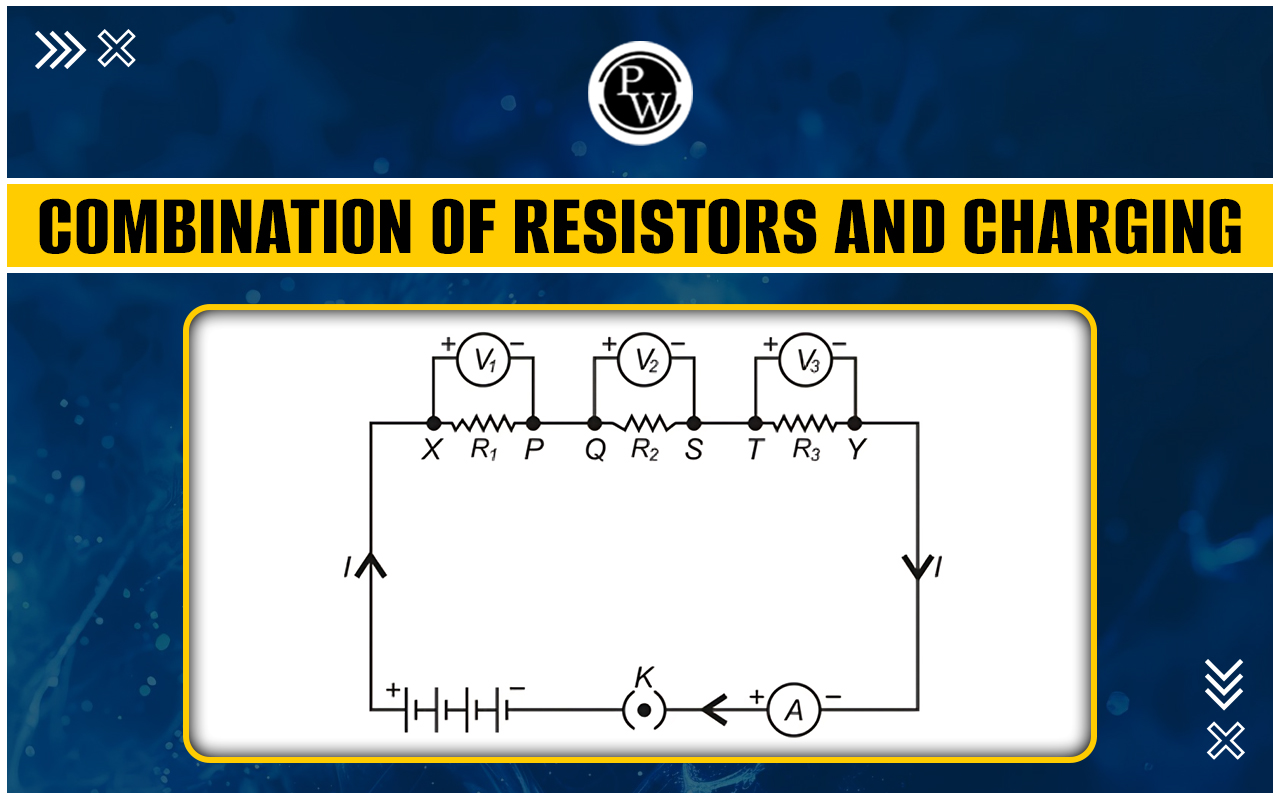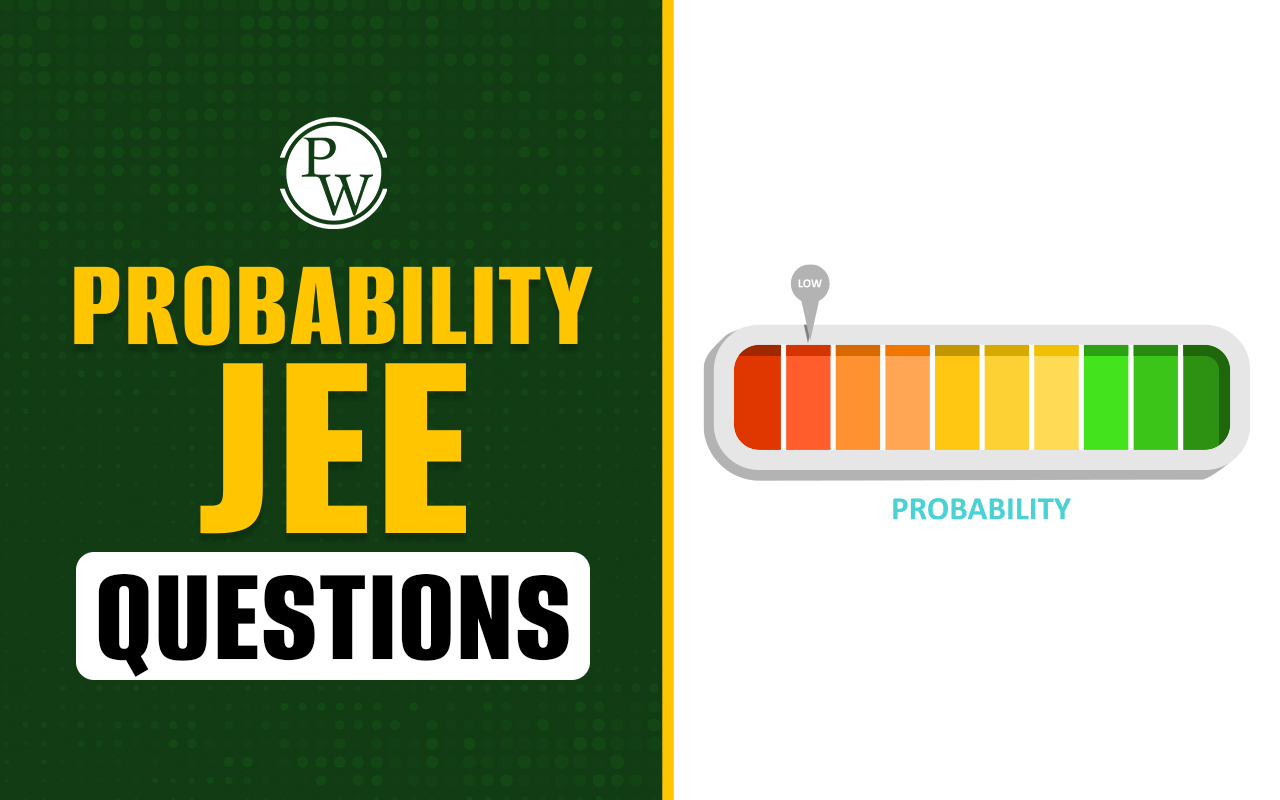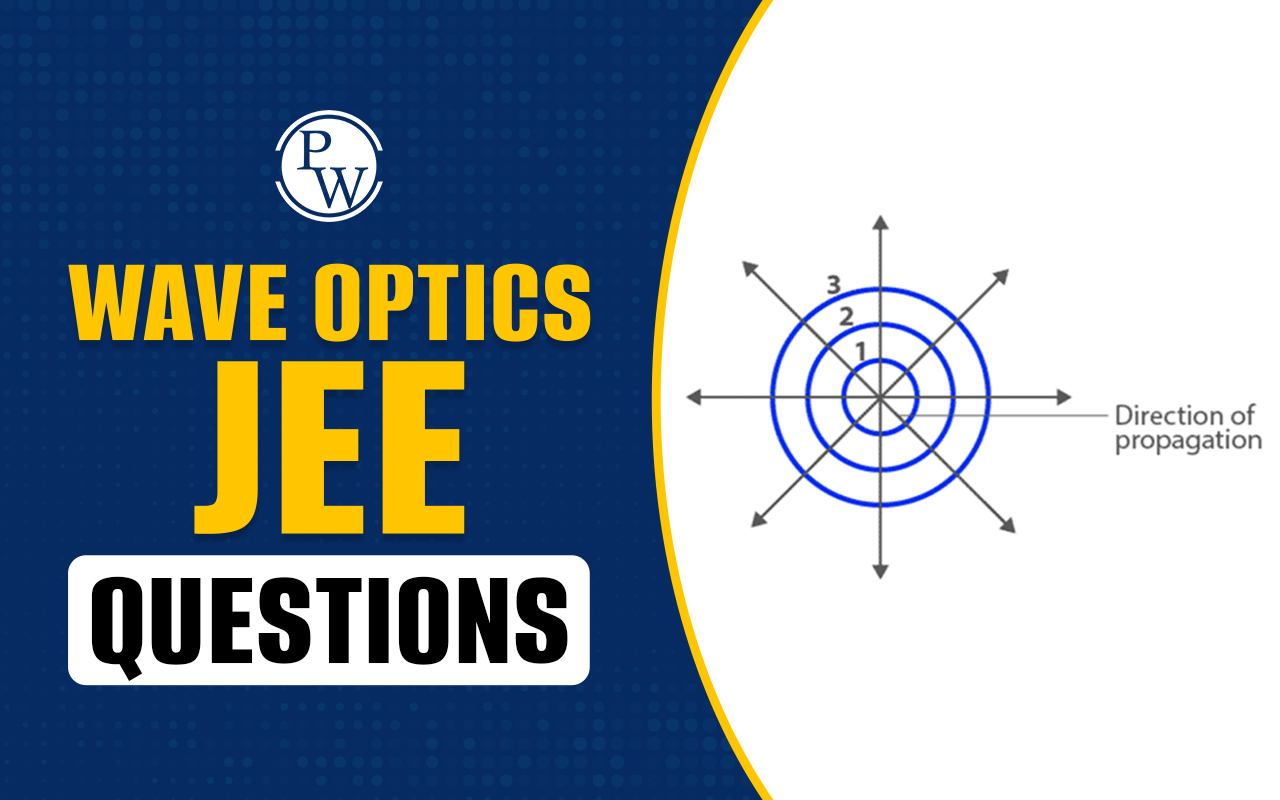
Resistors : The resistance of a conductor is the opposition that the conductor offers to the flow of charge. In this article, we will discuss the equivalent resistance in different combinations of resistors and different parameters during the charging and discharging of capacitors in series RC circuit.
Kirchhoff’s Current Law (Junction Law): It states that “The algebraic sum of currents meeting at a point of circuit is zero”. That means total current entering a junction equals the total current leaving the junction. This law is based on law of conservation of charge.
Kirchhoff’s Voltage Law (Junction Law): It states that “The algebraic sum of all the potential differences along a closed loop is zero”.
i.e.,
While traversing a loop if potential increases, put a positive sign in expression and if potential decreases put a negative sign.
(i) Series Combination
(ii) Parallel Combination
Here,
(iii) Special Cases
If a wire of resistance ‘
R
’ is cut into ‘
n
’ equal parts and all of them are connected in parallel, then equivalent resistance become
If
and
be the resultant resistance of
and
when connected in series and parallel then
(iv) Equivalent Resistance of a Cube
(v) Resistance of a cuboidal block
Consider a cuboidal block of conducting material of dimension
(vi) Resistance of wires in the from of circles
A wire of resistance R is bent in the form of circle. The effective resistance across its diameter is
Junction Rule: It states that “sum of charges present on the plates of captures connected at a junction is equal to zero.
Loop Rule: It states that “in any closed loop the algebraic sum of potential drops across different elements is zero.
(a) Charging : When a capacitor C is connected to a battery through a resistance R , the plates of capacitor will acquire equal and opposite charge and the potential difference across it becomes equal to the unit of the battery but in opposite polarity. This process is called charging and if takes sometime and during this time there is an electric current through the resistance.
At any time t 1 ‘ i ’ is the current following through the resistor and q is the charge on the capacitor.
But
and
So,
or
where
Here CR is called the capacitive time constant τ. It is the time in which charge on the capacitor reaches 0.632 times is maximum value.
Current
(b) Charging : After the completion of charging, if the battery is removed capacitor starts discharging. At any time t ,
V = IR
q = CV
At
charge becomes
times its initial value.
During discharging, current
where
Example 1: The figure below shows currents in a part of electric circuit. The current i is _______.
A. 1.7 amp
B. 3.7 amp
C. 1.3 amp
D. 1 amp
Sol. According to Kirchhoff’s first law
At junction A , i AB = 2 + 2 = 4 A
At junction B , i AB = i BC – 1 = 3 A
At junction C , i = i BC − 1.3 = 3 – 1.3 = 1.7 amp.
Example 2 : In the transient shown the time constant of the circuit is ________.
A.
B.
C.
D.
Sol.




